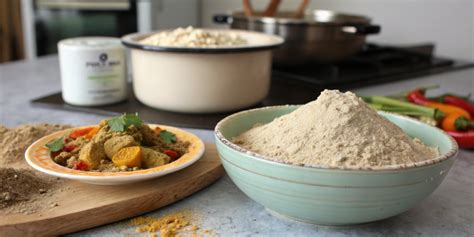High Heat DIY Mortar Mix Recipe: A Guide for Fireplaces and Ovens
Building a fireplace or oven? Need a mortar mix that can withstand extreme temperatures? Look no further! This DIY high-heat mortar recipe is perfect for projects requiring superior heat resistance. We'll cover everything you need to know, from choosing the right ingredients to ensuring a successful application. Let's get started!
Understanding High-Heat Mortar Requirements
Standard mortar simply won't cut it for high-temperature applications like fireplaces and ovens. These structures experience extreme temperature fluctuations, demanding a mortar that can withstand expansion and contraction without cracking or crumbling. That's why choosing the right ingredients is critical.
Key Properties of High-Heat Mortar:
- High Refractory Properties: This means the mortar can withstand extremely high temperatures without significant degradation.
- Low Thermal Expansion: Minimal expansion and contraction as temperatures change to prevent cracking.
- Excellent Adhesion: Strong bonding to the refractory bricks or stones used in the construction.
- Durability and Longevity: Designed to last for years under harsh conditions.
DIY High-Heat Mortar Recipe: Ingredients and Ratios
This recipe uses readily available materials. Remember to always wear appropriate safety gear, including gloves, eye protection, and a dust mask when mixing and applying mortar.
Ingredients:
- Refractory Cement: This is the star of the show! It provides the essential heat resistance. Choose a cement specifically designed for high-temperature applications. Look for types rated for at least 2500°F (1371°C).
- Refractory Sand: This provides bulk and helps with workability. Ensure the sand is also high-quality and rated for high temperatures.
- Water: Clean water is essential for proper hydration of the cement.
Mixing Ratio:
The exact ratio will depend on the specific brand of cement and sand you're using. However, a good starting point is a 1:3 ratio of refractory cement to refractory sand. Always refer to the manufacturer’s instructions on your chosen refractory cement for the best results.
Mixing Instructions: Step-by-Step Guide
Proper mixing is crucial for obtaining a strong and durable mortar. Follow these steps carefully:
- Dry Mixing: In a clean, dry wheelbarrow or mixing container, thoroughly combine the refractory cement and refractory sand. Mix them well, ensuring there are no lumps or clumps.
- Adding Water: Gradually add clean water while mixing with a shovel or trowel. Avoid adding too much water at once. The goal is to achieve a workable consistency—not too thick, not too thin. It should be similar to peanut butter in consistency.
- Thorough Mixing: Continue mixing until you achieve a uniform, smooth consistency. This takes time and effort; ensure there are no dry pockets or unmixed cement.
- Resting Time: Allow the mixed mortar to rest for about 5-10 minutes. This will allow the water to fully hydrate the cement, improving the overall strength and workability. Give it a good stir again before use.
Application Tips for Optimal Results
- Prepare the Surface: Ensure the bricks or stones are clean, dry, and free of any loose debris.
- Apply Evenly: Use a trowel to apply an even layer of mortar between the bricks or stones.
- Avoid Over-filling: Ensure you don't use too much mortar. Excess mortar can weaken the structure.
- Cure Properly: Allow the mortar to cure completely according to the manufacturer's instructions before exposing the structure to high temperatures.
Choosing the Right Materials: A Word of Caution
The success of your high-heat mortar relies heavily on the quality of the materials you choose. Don't compromise on quality; invest in materials specifically designed for high-temperature applications.
Conclusion: Building with Confidence
With this DIY high-heat mortar mix recipe, you can confidently tackle your fireplace or oven project. Remember to follow the instructions carefully and choose high-quality materials for optimal results. Good luck, and happy building!
